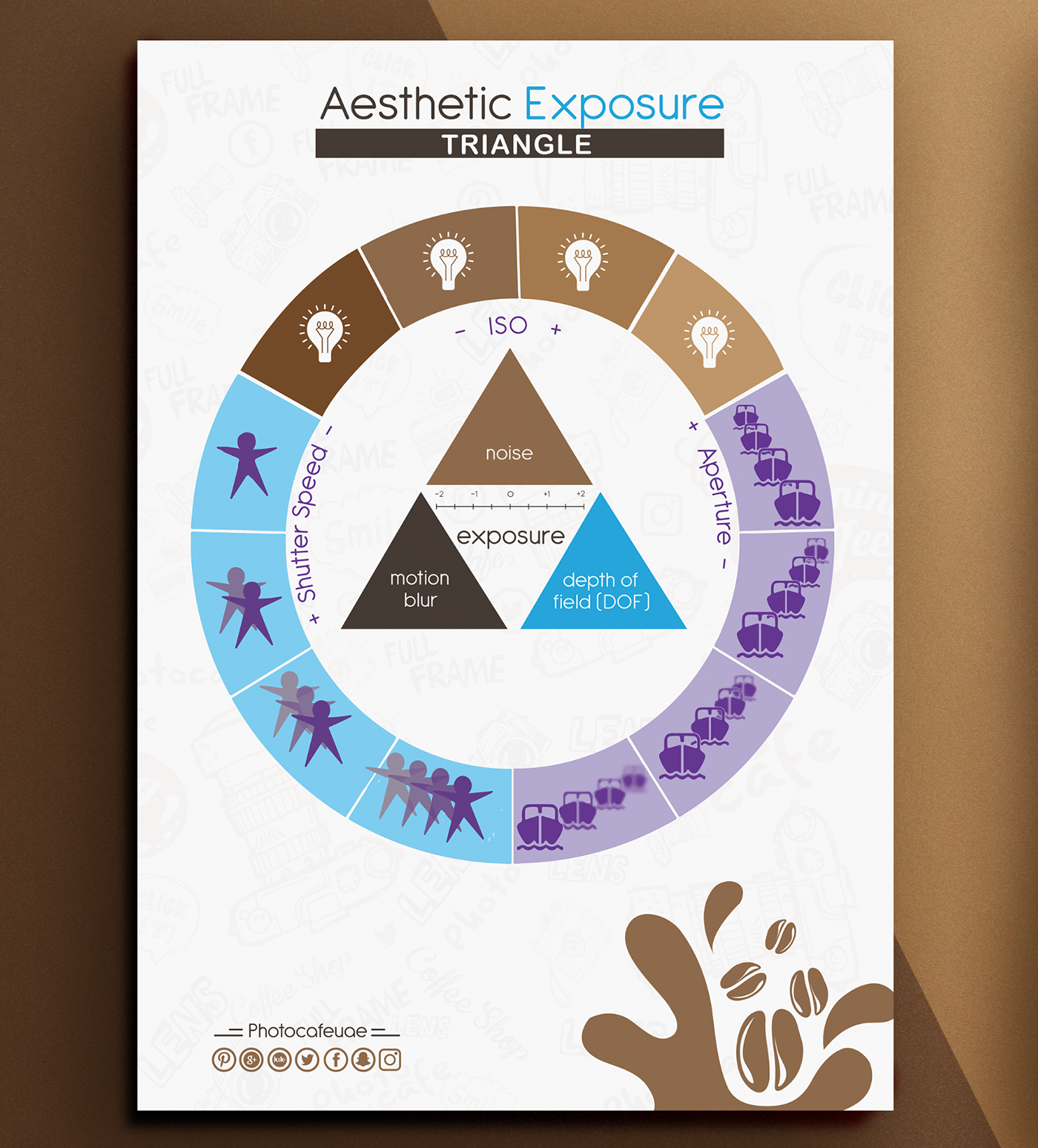Digital Photography Tips For Beginners: Understanding Your Video Camera Quickly
Digital Photography Tips For Beginners: Understanding Your Video Camera Quickly
Blog Article
Post By-Barrett Monroe
When you initially pick up your video camera, it can feel overwhelming with all the setups and options available. You could find yourself wondering how to navigate aperture, shutter speed, and ISO effectively. Grasping these fundamentals is critical, yet there's more to digital photography than just technical knowledge. Recognizing composition methods and lights problems can raise your pictures significantly. So, suppose you could learn easy approaches to improve your abilities and begin recording impressive images earlier than you assume? Allow's check out exactly how to transform your photography journey.
Recognizing Video Camera Settings
Comprehending your video camera settings is vital for catching sensational pictures. When you get your camera, acquaint on your own with the three primary setups: aperture, shutter rate, and ISO. Each plays a crucial duty in exactly how your photos turn out.
Start with aperture, which regulates the quantity of light getting in the lens. A wider aperture (lower f-number) allows a lot more light and develops a stunning history blur, excellent for pictures. Conversely, a narrower aperture (higher f-number) maintains more of the scene in focus, ideal for landscapes.
Next, focus on shutter rate. This setting identifies the length of time your camera's sensor is revealed to light. A quick shutter speed freezes movement, which is excellent for action shots, while a slow-moving shutter speed can create magnificent results like smooth water in landscapes.
Lastly, adjust your ISO. This setting influences your electronic camera's level of sensitivity to light. A greater ISO is useful in low-light scenarios however can introduce noise or grain. Aim for the lowest ISO possible while still attaining appropriate exposure.
Composition Techniques
When you're out capturing, structure can make all the distinction in how your pictures resonate with audiences. Start by utilizing the rule of thirds; envision your structure separated right into nine equivalent sections with two horizontal and 2 vertical lines. Setting crucial elements along these lines or at their junctions to develop balance and interest.
Next, think about leading lines. These natural lines in your scene, like roads or rivers, draw the viewer's eye into the picture, guiding them via the tale you're informing.
Don't ignore framing; use components within your scene, like trees or windows, to produce a structure around your subject, adding depth and focus.
Also, keep an eye on your background. A cluttered history can distract from your primary subject, while a straightforward one assists it attract attention.
Last but not least, trying out symmetry and patterns; they can create a striking image that catches attention.
Mastering Lights Conditions
Understanding lights problems is crucial for catching magnificent photographs, as the right light can transform an average scene into something remarkable.
Beginning by observing natural light at different times of the day. Early mornings and late afternoons offer the very best light, referred to as the golden hour. The soft, cozy tones throughout these times can boost your pictures beautifully.
Do not avoid http://romeo6052arla.xtgem.com/__xt_blog/__xtblog_entry/__xtblog_entry/37571257-comparing-popular-cameras-which-one-is-finest-for-you?__xtblog_block_id=1#xt_blog ; diffused light can reduce extreme darkness and create a pleasing effect, specifically for pictures.
Trying out backlighting by positioning your topic versus the source of light. This strategy can create a fanciful halo impact and include depth to your photos.
Take notice of your camera settings also. Change the ISO, aperture, and shutter rate to fit the lighting problems. https://www.india.com/travel/articles/watch-learn-basics-of-photography-in-this-interactive-instagram-live-session-4033841/ can help in reduced light, yet be cautious of grain.
Utilize a tripod in darker environments to prevent blur.
Lastly, don't forget fabricated lights. Flash and constant lights can be great tools for regulating light in tough problems.
Verdict
In conclusion, understanding your electronic camera does not need to be frustrating. By recognizing your settings, applying structure techniques, and utilizing the power of natural light, you'll quickly elevate your digital photography skills. Bear in mind, exercise makes best, so go out there and try out your newly found knowledge. With https://telegra.ph/Transform-Your-Portrait-Digital-Photography-With-Straightforward-Strategies-That-Boost-Lights-And-Composition-Yet-What-Other-Key-01-09 and devotion, you'll be catching sensational photos that show your one-of-a-kind viewpoint. Enjoy the journey, and do not fail to remember to enjoy while you're at it!
